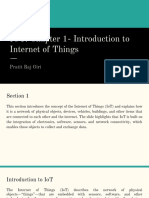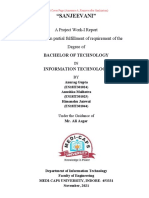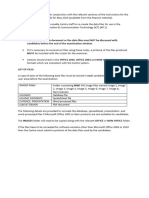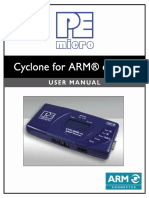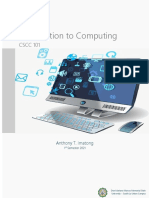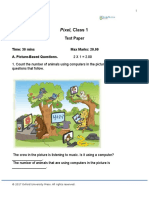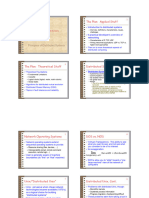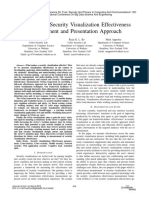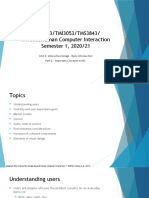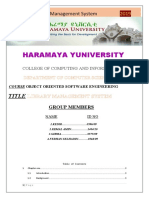0% found this document useful (0 votes)
7 views29 pagesModulle-5 IME IOT
The Internet of Things (IoT) is a network of interconnected physical objects embedded with sensors and software, enabling data collection and exchange over the internet. Key components of IoT include sensors, connectivity technologies, data processing, and user interfaces, which facilitate automation and enhance efficiency across various applications. While IoT offers numerous benefits such as improved efficiency and predictive maintenance, it also presents challenges including security risks, privacy concerns, and integration complexities.
Uploaded by
shuklavansh1704Copyright
© © All Rights Reserved
We take content rights seriously. If you suspect this is your content, claim it here.
Available Formats
Download as PDF, TXT or read online on Scribd
0% found this document useful (0 votes)
7 views29 pagesModulle-5 IME IOT
The Internet of Things (IoT) is a network of interconnected physical objects embedded with sensors and software, enabling data collection and exchange over the internet. Key components of IoT include sensors, connectivity technologies, data processing, and user interfaces, which facilitate automation and enhance efficiency across various applications. While IoT offers numerous benefits such as improved efficiency and predictive maintenance, it also presents challenges including security risks, privacy concerns, and integration complexities.
Uploaded by
shuklavansh1704Copyright
© © All Rights Reserved
We take content rights seriously. If you suspect this is your content, claim it here.
Available Formats
Download as PDF, TXT or read online on Scribd
/ 29





































